From Durga to Ram: The Untold Connection Behind Chaitra Navratri
As Chaitra Navratri begins, the atmosphere shifts. Homes are cleaned and sanctified, diyas are lit, and the names of Maa Durga echo through temples and hearts. These nine days are a sacred invitation not only to worship the Goddess, but to rediscover our own strength, values, and inner clarity.
Each day of Navratri is dedicated to one of Durga’s nine forms. From Shailputri to Siddhidatri, these deities represent more than divine manifestations,they reflect powerful human qualities: strength, devotion, courage, wisdom, compassion, and transformation.
These nine nights aren’t just about rituals; they are about becoming stronger from within. And just as the festival reaches its spiritually powerful conclusion, we celebrate Ram Navmi,the birth of Lord Ram, the ideal king, son, and human being.
Lord Ram: Dharma in Human Form

Born on the ninth day of Chaitra month, Lord Ram is worshipped not only as the seventh avatar of Vishnu but also as the perfect example of how to live a life of values. He is lovingly known as Maryada Purushottam,the one who upheld the boundaries of dharma even in the face of personal sacrifice.
Ram did not take shortcuts. He honored his father’s word over his right to the throne. He put his people’s trust above his own happiness. He showed that true leadership comes from compassion, restraint, and unwavering integrity.
Just as devotees seek to walk this path of dharma, many turn to sacred Rudraksha for spiritual support. The 9 Mukhi Rudraksha, representing the nine goddesses of Navratri, is believed to awaken inner power, remove fear, and offer mental clarity during this transformative time. Similarly, the 16 Mukhi Rudraksha is worn for protection, emotional strength, and balance,qualities Lord Ram embodied throughout his life.
Chaitra Navratri: A Journey from Shakti to Dharma

The nine nights of Chaitra Navratri are more than a celebration,they are a gradual journey through the values each goddess represents. Every form of Durga prepares us for the final day, Ram Navmi, when these divine qualities take human shape in Ram.
The Goddess gives us inner strength.
Ram shows us how to live it.
Together, they represent the perfect balance of Shakti (divine power) and Maryada (righteous conduct). One teaches us to awaken. The other guides us to walk that awakening with purpose.
This deep spiritual connection between Durga and Ram is also seen in ancient texts. In the Adbhut Ramayana and referenced in some versions of the Durga Saptashati, Lord Ram performs Durga Stuti before his final battle with Ravan, seeking the Goddess’s blessings.
Even the Embodiment of Dharma Prayed to Shakti
Before entering battle, Lord Ram is said to have chanted:
“ॐ नमो देव्यै महादेव्यै शिवायै सततं नमः।
नमः प्रकृत्यै भद्रायै नियताः प्रणताः स्म ताम्॥”
Meaning:
Salutations to the Goddess, the Great Goddess, ever-auspicious and benevolent.
We bow in devotion to Her, the divine force behind all nature.
This powerful verse expresses that even Vishnu’s avatar bows to Maa Durga,affirming that strength is not pride, but surrender. It reminds us that Shakti and Dharma are not separate,they sustain and elevate each other.
Rudralife’s Navchandi Maha Puja: Honoring the Divine Balance
To mark this spiritually potent period, Rudralife performs the Navchandi Maha Puja during Chaitra Navratri. This sacred Vedic puja invokes all nine forms of Durga in a single ritual,seeking blessings for protection, clarity, healing, and spiritual elevation.
It is a perfect offering for those who wish to align themselves with both Shakti and Dharma, as Navratri ends and Ram Navmi begins.
This Chaitra Navratri, may we rise with the grace of Durga and walk forward with the dharma of Ram.


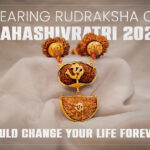

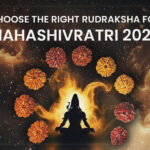


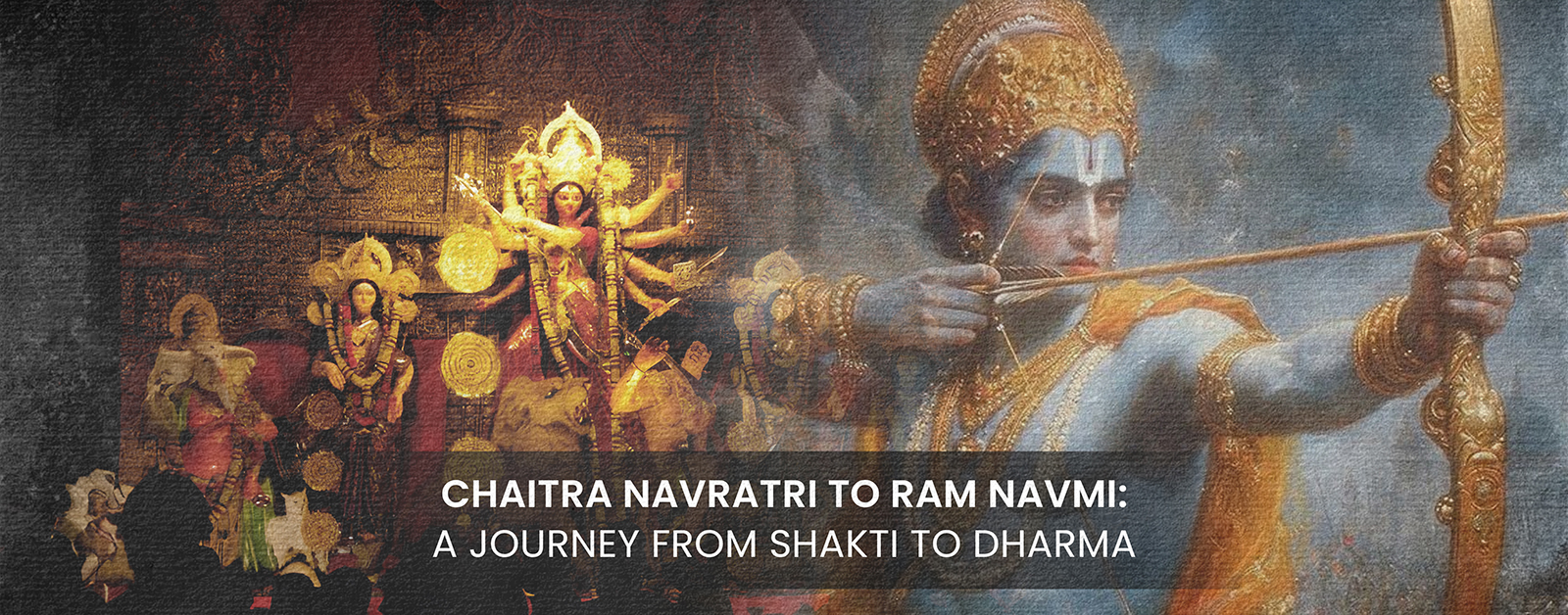

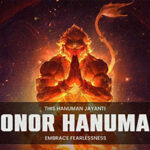
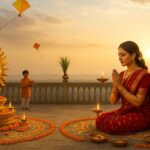
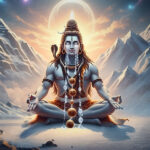
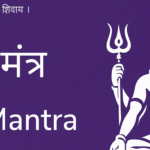



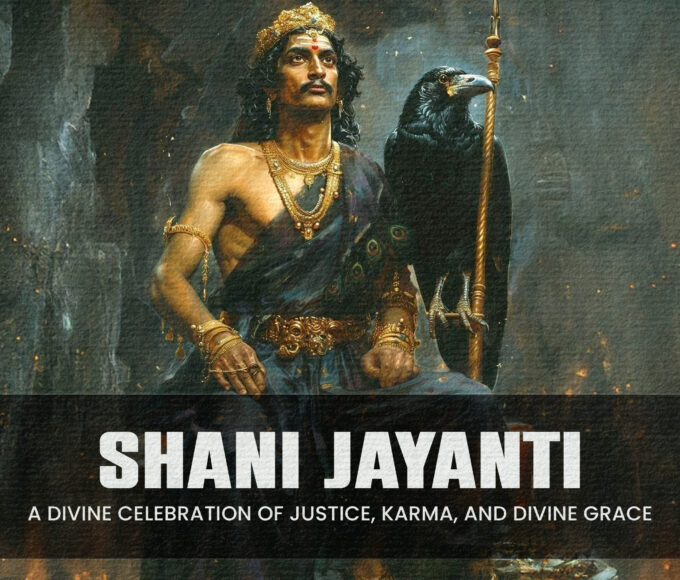

Leave a comment